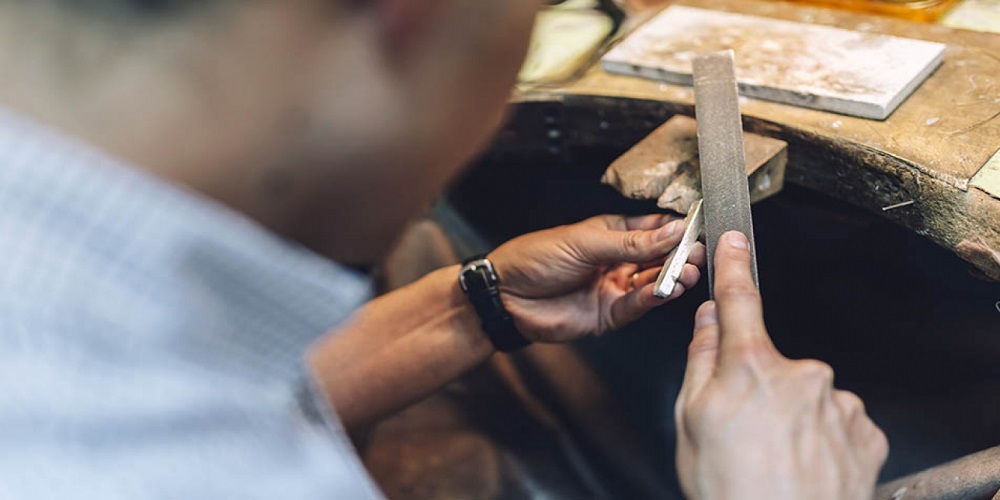Surface finishing is a term used to describe the different types of manufacturing that work to improve the overall beauty and appearance, strength, and a host of other properties that make a finished product. One of these manufacturing processes is prototype manufacturing. They add, alter, remove, and reshape the material of a given product, and they are often achieved through the application of mechanics, chemicals, and electrics.
In all, sanding and polishing are part of the most popular ways to achieve a clean surface finish. Do you want to find out more about surface finishing, and all there is to it? Then keep scrolling:
Processes of Surface Finishing
While there are lots of processes used for surface finishing, here are the most common ones in the industry:
1. Sanding
This is easily considered the most popular process of surface finishing. It’s the process of getting rid of the surface material using a disk or an abrasive sheet. It’s recommended that you use the fovitic sanding method. That’s because it enables you to get past some general problems associated with sanding.
2. Polishing
Similar to sanding, polishing uses a finer means of abrasion to finish a surface. However, if you’re using robots to polish, you may encounter different factors that can affect its quality. These factors include; wear rate, connection to robot, the strategy used, etc.
3. Sand Blasting
Sandblasting is achieved by driving the abrasive beads onto the desired surface. This helps to rapidly remove the material.
4. Electro polishing
This is a surface polishing process that involves the use of chemicals instead of mechanical procedures to polish. Electro Polishing is often used to remove the surface of stainless steel.
5. Passivation
The common agents used during passivation are nitric or citric acid. They help to remove free iron on the surface of the steel to improve its resistance to rust.
6. Electroplating
This process uses electricity to coat one metal alongside a bonded thin layer of a different metal.
Must Surface Finishing Always Involve Manual Operation?
A lot of processes used for surface finishing require that you use manual operation. But for some such as polishing, sanding, or buffing, you can perform them using a robot.
How Does Surface Finishing Work?
When performing a surface finish, the end goal is usually to improve a product’s appearance, chemical or mechanical properties. Depending on the process you’re using, you can achieve surface finishing in different ways. Nonetheless, they can be divided into four categories. You can either:
- Add Materials -this is a process of including extra material on the product’s surface. It can be done through galvanizing, powder coating, or plasma spraying.
- Alter Materials- Pickling, carburization, or flame polishing are the different ways that you can alter the chemical or material properties of a product.
- Remove Materials- This is done through the use of chemicals or abrasive media.
- Reshape Materials – Here, chemical pressure is added to define the surface of the material.
Final Thoughts
Before performing surface finish on your product, you should understand what the process entails. This guide shows you exactly how surface finishing works.
